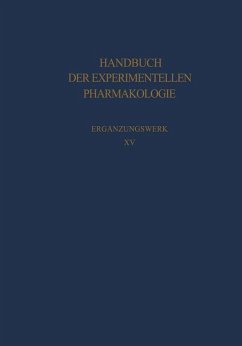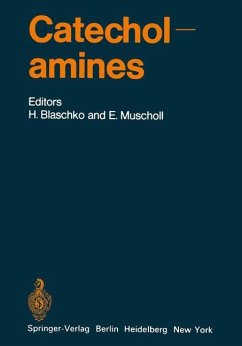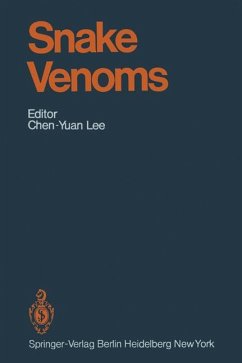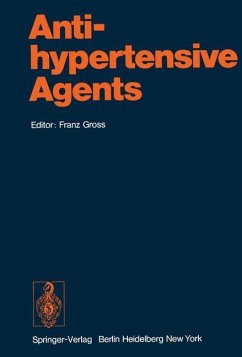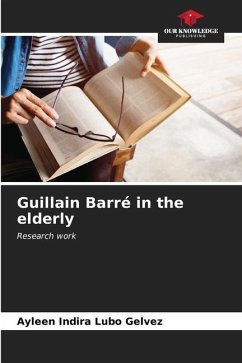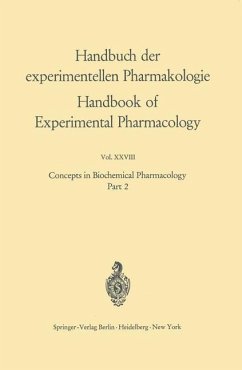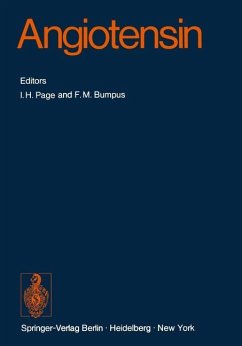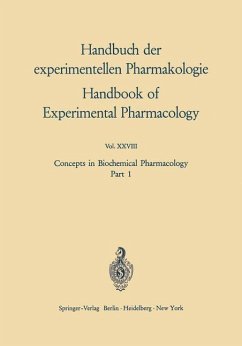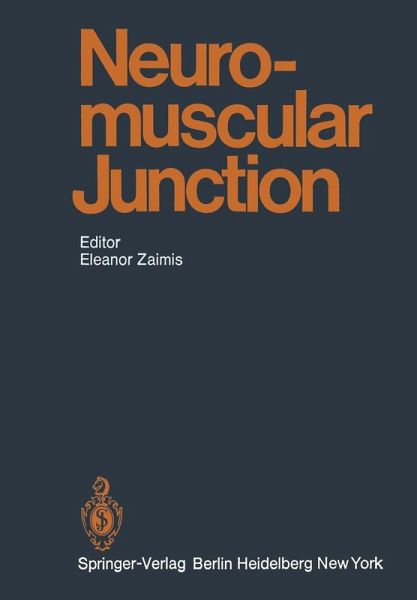
Neuromuscular Junction
Versandkostenfrei!
Versandfertig in 1-2 Wochen
77,99 €
inkl. MwSt.

PAYBACK Punkte
39 °P sammeln!
Has the neuromuscular junction been over-exposed or is it perhaps already a closed book? I asked myself this at a recent International Congress when an American colleague complained that the Journal of Physiology had articles on nothing but the neuromuscular junction, while another colleague asked why I was editing a volume on a subject about which everything was already known. It is worrying to think that these views may be shared by other people. I hope that this volume will convince my two colleagues and other readers that the neuromuscular junction is very much alive and continues to attra...
Has the neuromuscular junction been over-exposed or is it perhaps already a closed book? I asked myself this at a recent International Congress when an American colleague complained that the Journal of Physiology had articles on nothing but the neuromuscular junction, while another colleague asked why I was editing a volume on a subject about which everything was already known. It is worrying to think that these views may be shared by other people. I hope that this volume will convince my two colleagues and other readers that the neuromuscular junction is very much alive and continues to attract the interest of many workers from a variety of fields; strange as it may seem, the synapse between a motor nerve ending and muscle fibre, with its relatively simple architecture, is one of the most inter esting sites in the body-I do hope we have done it justice. The various chapters of this volume present a cross section of knowledge as viewed by a group of 13 individuals, actively engaged in research. Multi-author volumes such as this are frequently criticised on the grounds that chapters or sec tions overlap. I believe that such criticium is only valid where the overlap is repetitious. Where it results in the reader having available discussions of material from differing stand-points, overlap becomes a valuable feature of this type of publication.



